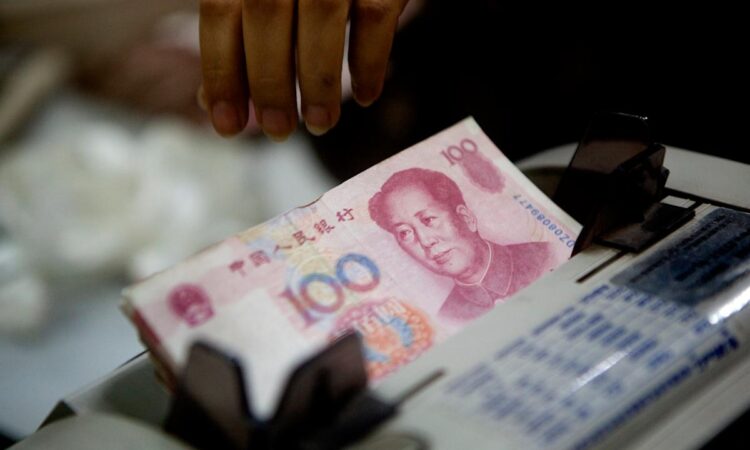
“China’s yuan is the key currency cross for most EMs; they trade more with China than they do with the US.”
(Bloomberg) — China’s new-found tolerance for steady yuan appreciation looks set to re-accelerate a rally in emerging-market currencies, as investors brace themselves for lower US interest rates.
Most Read from Bloomberg
Supporting such expectations is EM currencies’ sensitivity to changes in the yuan. A Bloomberg analysis shows that over the past year, for every 1% yuan move, the Thai baht, Malaysian ringgit, Chilean peso, Mexican peso and Brazilian real have moved closely in tandem.
Meanwhile, the 30-day correlation between the dollar-yuan reference rate and the MSCI EM Currency Index rose to 0.59 at the end of August, the highest since May 2024, Bloomberg-compiled data show.
As the primary currency for many Asian economies’ main trading partner, the yuan acts as an anchor in the region with Beijing’s foreign-exchange policy closely watched by peers. But its influence spreads beyond Asia to countries impacted by China’s trade and commodity flows.
The MSCI EM Currency Index has dropped about 0.3% this quarter, following two quarters of gains, largely dictated by the dollar’s swings as the Federal Reserve’s policy outlook shifted. The gauge is up around 6.8% this year.
Market watchers say there is room for EM currencies to resume their advance, as the People’s Bank of China has signaled a departure from its previous policy focus on maintaining yuan stability amid trade tensions.
“China’s yuan is the key currency cross for most EMs; they trade more with China than they do with the US,” said Eric Fine, a New York-based portfolio manager at VanEck Associates. “The winners are all EMs.”
In a notable shift, the PBOC set the yuan’s reference exchange rate against the dollar at its strongest level since November on Sept. 9, after having consistently guided the currency above market expectations since July. This was in contrast to its campaign earlier in the year to rein in dollar-induced volatility.
The onshore yuan, which is confined to a 2% daily trading band that uses the reference rate as the center, has gained over 2% versus the greenback this year. It has weakened against the US currency for three consecutive years.
In a sign of growing investor confidence, hedge funds recently raised bullish options bets on the yuan, targeting it to reach around or below 7 per dollar by year-end. The currency pair was about 7.12 on Friday.




